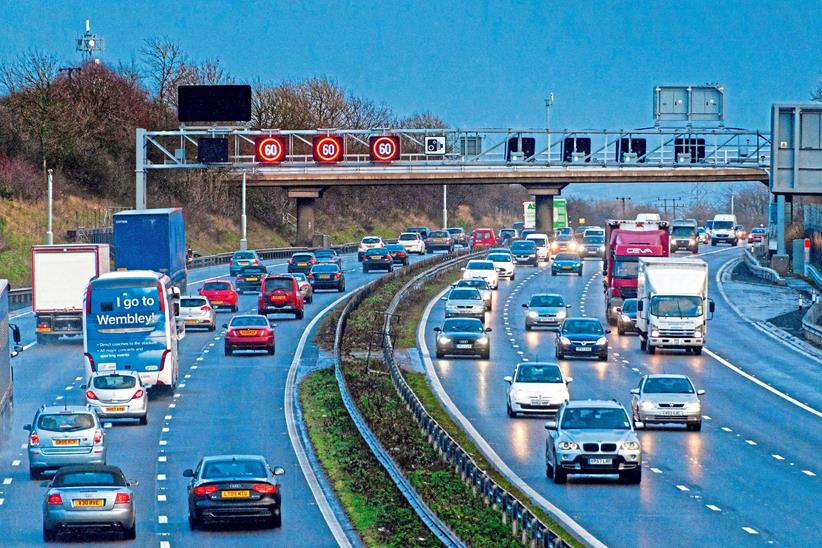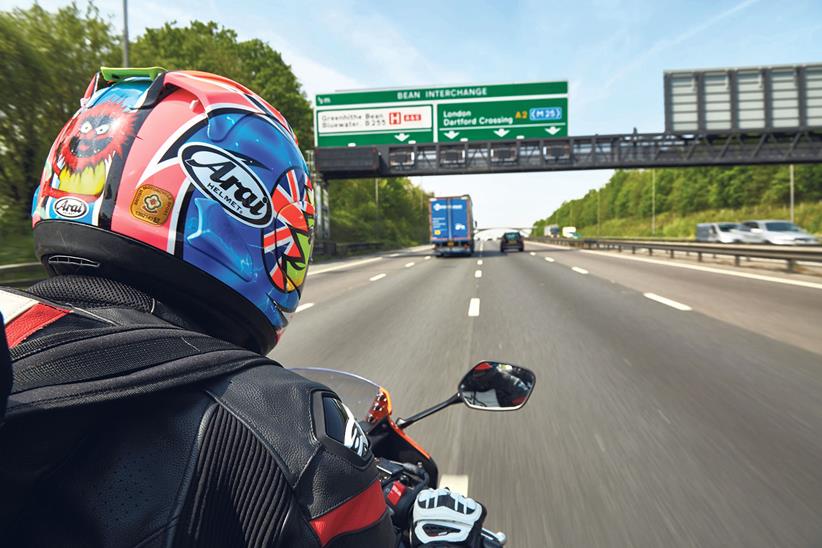'There is nothing safe about stopping in a live lane of the motorway': Call for hard-shoulder reinstatement
Following the April 15 announcement that there will be no new smart motorways, the RAC is leading calls from motoring groups for the hard shoulder to be reinstated on existing routes.
The halting of construction has been welcomed but hundreds of miles of the UK motorway network will remain in the all-lanes-running configuration where the hard shoulder is replaced by intermittent refuges for stricken vehicles.
“While Britain has some of the safest motorways of any country, there is nothing safe about stopping in a live lane of the motorway,” RAC road safety spokesman Simon Williams said.

“The decision call to junk all smart routes to completely do away with the hard shoulder on these stretches of motorway and increase the gap between emergency refuge areas – the only relatively ‘safe’ place there is – increased the risk for anyone unlucky enough to break down on them. There is no getting away from that fact.”
Meanwhile, construction of two stretches of smart motorway – at junctions six to eight of the M56 and 21a to 26 of the M6 – will continue as they are already more than three-quarters complete. The existing network will also receive a £900million safety refit, including 150 new emergency stopping areas by 2025.
According to the RAC, the decision to leave existing smart motorways without a hard shoulder is not one supported by the public, with research finding 69% were in favour of bringing back the traditional hard shoulder.
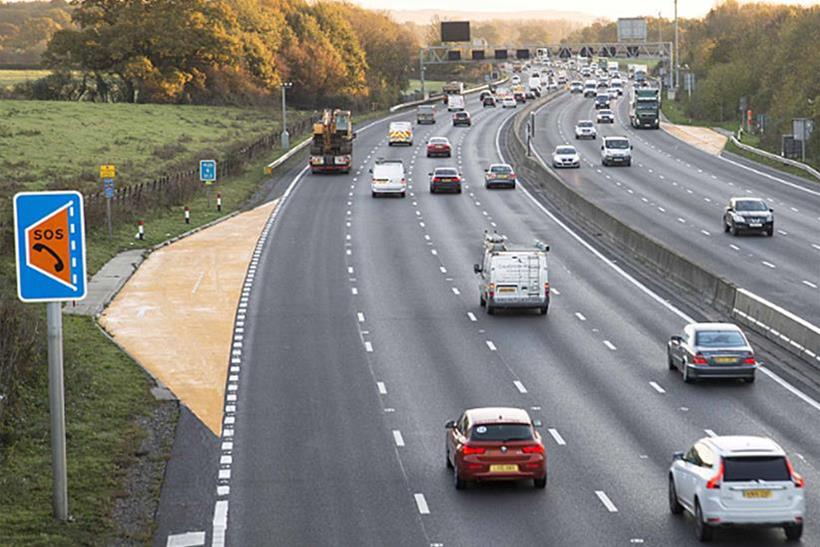
“As things stand, by the end of this year there will still be 250 miles of motorway in England without hard shoulders – that’s around 13% of the complete network,” Williams added.
“Installing additional refuge areas and radar technology to help spot stricken vehicles is welcome and necessary, but for most drivers this doesn’t go far enough.”
The Department for Transport claim that reinstating the hard shoulders would cause unnecessary disruption and come at a significant financial cost, a claim dismissed by the RAC who point out that the cancellation of the planned schemes is saving more than a claimed £1bn.
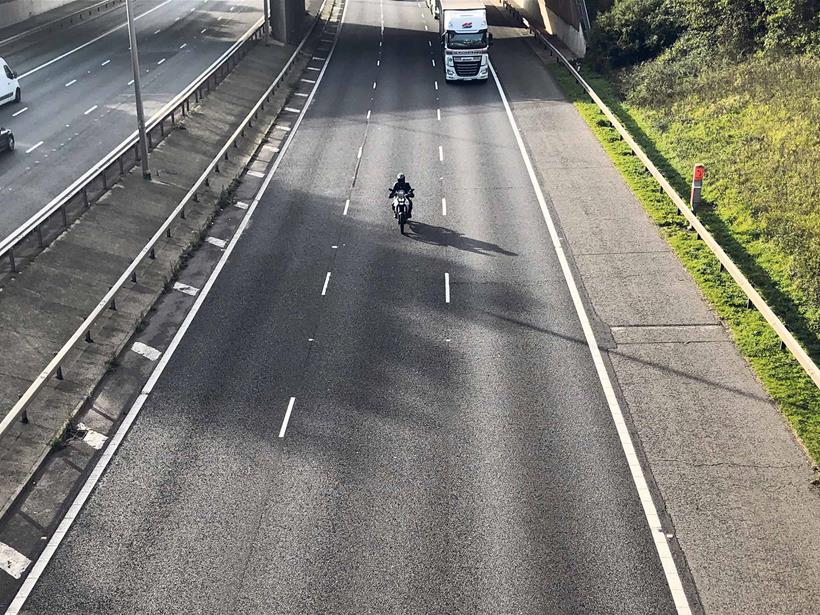
Campaign groups have also pointed towards mixed messaging in the latest announcement. Claire Mercer, founder of Smart Motorways Kill, told MCN: “It’s absolute madness, it’s the current roads that are killing us, why are we dealing with the ones that aren’t even open yet?
“And of course, motorcyclists are even more vulnerable than general motorists. So the campaign continues. Half the battle won, the most urgent and important half of the battle still to go.”
New smart motorway plans scrapped
First published on 12 January 2022. Updated: 17 April 2023 by Stuart Prestidge
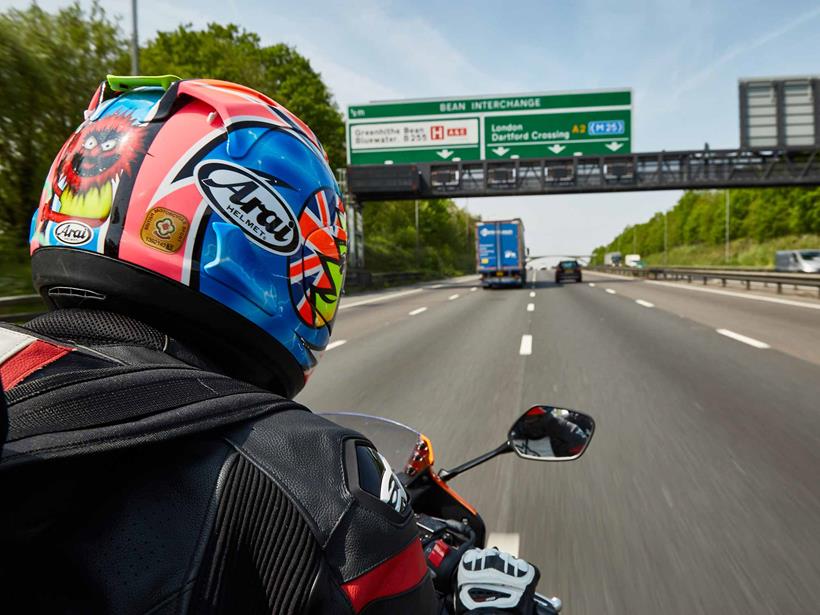
The UK Government has announced it is to scrap plans to build more smart motorways over cost and safety concerns.
“All drivers deserve to have confidence in the roads they use to get around the country,” Prime Minister, Rishi Sunak said. “That’s why last year I pledged to stop the building of all new smart motorways, and today I’m making good on that promise.”
Around 10% of the UK motorway network is made up of smart motorways, carriageways that deploy various methods to manage the flow of traffic, such as allowing motorists to use the hard shoulder as an extra lane and variable speed limits.
However, the lack of a hard shoulder has led to fatal collisions, with motoring agencies, including the RAC, actively campaigning for their use to be reassessed.

RAC road safety spokesman Simon Williams said: “This is a watershed announcement and a victory for everyone who has campaigned against these motorways that, by their design, put drivers in more danger should they be unlucky enough to break down on one.
“Our research shows all lane running smart motorways are deeply unpopular with drivers, so we’re pleased the Government has finally arrived at the same conclusion. It’s now vitally important that plans are made for making the hundreds of existing miles of these types of motorway as safe as possible.
“The possibility of converting all lane running stretches to the ‘dynamic hard shoulder’ configuration, where the hard shoulder is open and closed depending on the levels of traffic, could be one option the Government considers.”
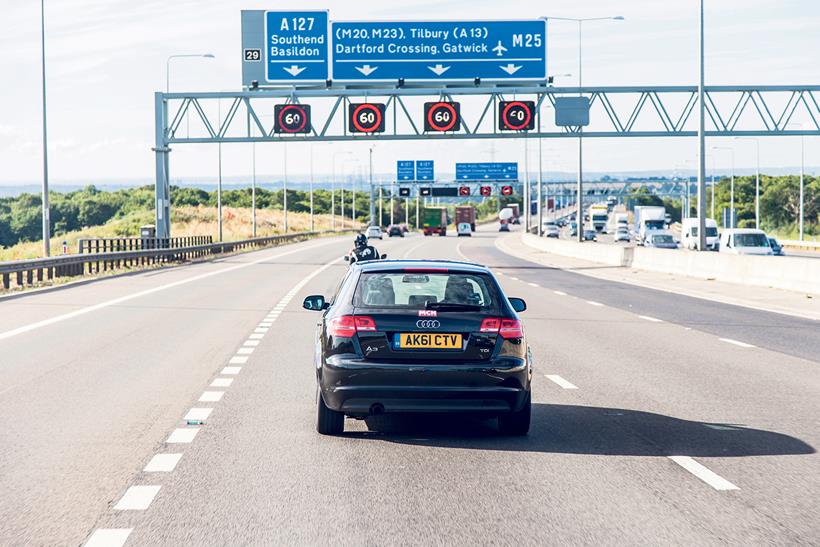
Between 2015 and 2019, 36 people died on UK smart motorways where there is no hard shoulder or the hard shoulder can be converted to an extra lane, according to figures from National Highways, which operates England’s motorways and A-roads.
In January 2022, the Department for Transport (DfT) announced a pause on the creation of all new smart motorways until a full five years of safety data is available for schemes opened before 2020.
The DfT said the construction of planned smart motorways would have cost over £1bn, but confirmed construction of two stretches of smart motorway – at junctions six to eight of the M56 and 21a to 26 of the M6 – will continue as they are already more than three-quarters complete.
Existing stretches will remain but be subjected to a £900million safety refit, including building 150 extra emergency stopping places across the network by 2025.
Smart motorway rollout paused for safety data collection
First published on 12 January 2022 by Dan Sutherland
The Department for Transport (DfT) has announced a pause on the creation of all new smart motorways until a full five years of safety data is available for schemes opened before 2020.
Revealed on Wednesday 12 January, the decision follows a previously publicised action plan from March 2021 to convert all smart motorways into All Lane Running (ALR) motorways, which feature no hard shoulder.
Considered safer than Dynamic Hard Shoulder (DHS) motorways – where the hard shoulder comes in and out of use – conversion of these routes will also be paused during the data collection, however it’s said new technology will be installed to help detect stopped vehicles.
Related articles on MCN
- Changes announced to Highway Code
- Goverment cutbacks to electric bike plug-in grant
- Latest motorcycle crime news
Alongside this latest decision will be a £900 million investment to improve safety, including £390 million for the installation of over 150 new emergency areas on existing ALR routes – representing around a 50% increase by 2025.
Despite pausing the construction of new ALR routes whilst data is collection, National Highways did confirm any schemes already started would be completed and “will all open with technology in place to detect stopped vehicles.”
Design work will also continue on planned projects to allow for a more seamless production restart, depending on the outcome of the pause.
Speaking in a statement, Transport Secretary Grant Shapps said: “Pausing schemes yet to start construction and making multimillion-pound improvements to existing schemes will give drivers confidence and provide the data we need to inform our next steps.
“I want to thank safety campaigners, including those who have lost loved ones, for rightly striving for higher standards on our roads. I share their concerns.”
Smart motorway safety improvement plans accelerated
First published on 23 April 2021 by Jordan Gibbons
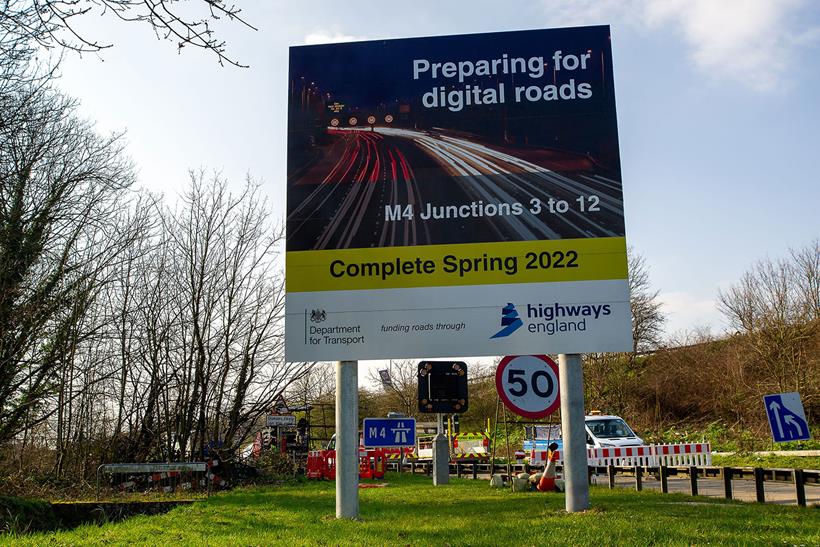
Highways England (HE), working in tandem with the Department for Transport (DfT), has produced an action plan for ‘smart motorways’ that should significantly boost safety.
Related articles on MCN
- Latest motorcycle crime news
- Northumbria PCC backtracks on bike trackers
- Triumph SOS crash detection app
In England there are two types of ‘smart motorway’: All Lane Running (ALR) motorways with no hard shoulder, such as the M25, and Dynamic Hard Shoulder (DHS) motorways where the hard shoulder comes in and out of use, such as the M4.
Both have received considerable attention in recent months but it’s the DHS motorways that have attracted more ire after a near 30% increase in deaths in 2019. The plans are now for all DHS motorways to be withdrawn and replaced with ALR motorways, which have a lower fatality rate than traditional motorways.
Alongside the retirement of DHS motorways, HE has also unveiled a range of upgrades they will bring to ALR motorways to make them safer still. By September 2022, HE say they will have installed radar technology to spot stricken vehicles on all existing stretches of ALR motorway, which is six month earlier than planned.
They have also committed to upgrading the camera technology that spots cars ignoring the red X lane closure sign and will install around 1000 additional approach signs to let drivers know where the nearest emergency refuge is. The government has also committed not to open any more ALR motorways without the additional safety measures in place.
“Despite the data showing that fatalities are less likely on ALR motorways than on conventional ones, this doesn’t mean all drivers necessarily feel safe on them,” says Grant Shapps MP, Transport Secretary.
“Alongside the raft of measures already undertaken, today I am announcing that all new ALR motorways will open with stopped vehicle detection technology in place, as well as a programme to speed up the roll-out of the technology on previously built stretches of All Lane Running motorways to next year.”
BBC investigation highlights dangers of smart motorways
First published on 27 January, 2020 by Jordan Gibbons

An investigation by the BBC has shown just how dangerous smart motorways can be. A smart motorway does not have a hard shoulder, instead relying on refuges and the ability to close lanes to traffic electronically.
However, the BBC has found that it takes on average 17 minutes to spot a broken down vehicle and another 17 to get that vehicle off the carriageway. The result is that one section of the M25 has seen ‘near misses’ rise 20-fold since the hard shoulder was removed.
Related articles on MCN
- Safety video champions safer riding in Scotland
- Radar activated sign aims to tackle motorcycle accidents
- Noise cameras rolled out in France
Despite smart motorways only accounting for a few hundred miles of the UK road network, 38 people have died on them – made all the more shocking when motorways are traditionally our safety roads.
The government will publish a review shortly, which is likely to include steps to make the roads safer, including better car detecting equipment.
Smart motorways were given the green light in 2010, however significant changes were made in the expansion. The pilot scheme had refuges every 600 metres, but in some sections of the expansion they are over two miles apart.
